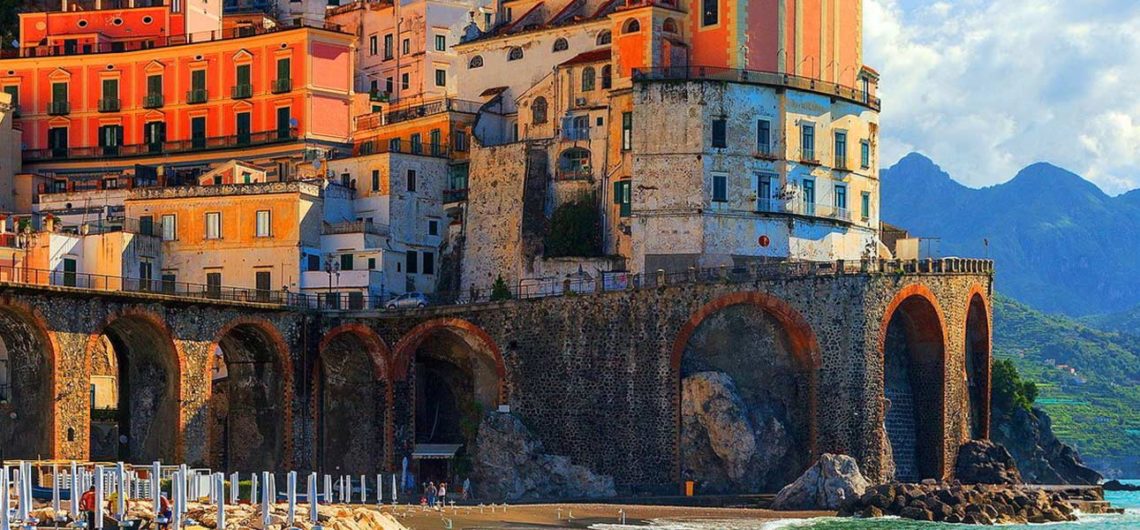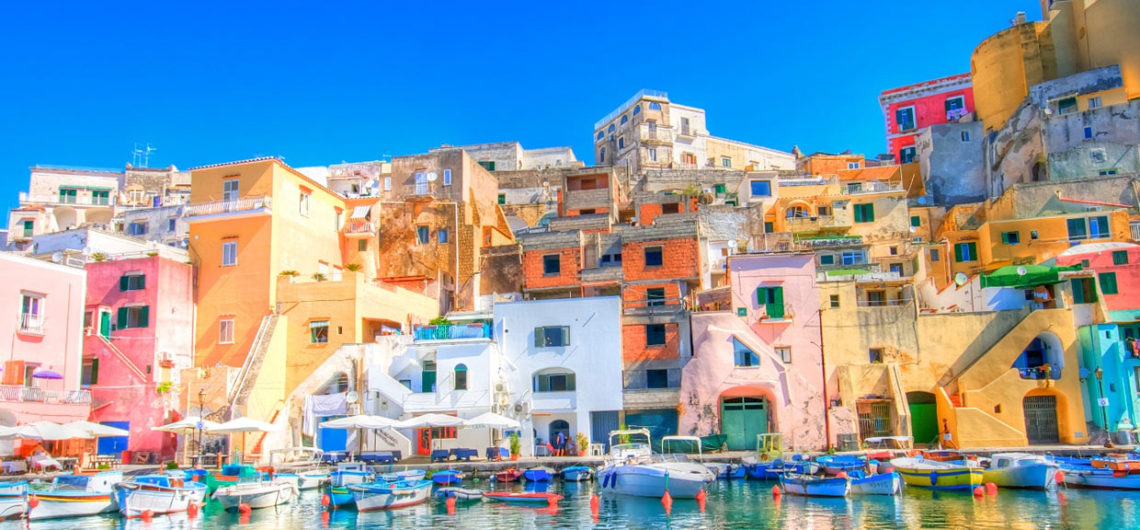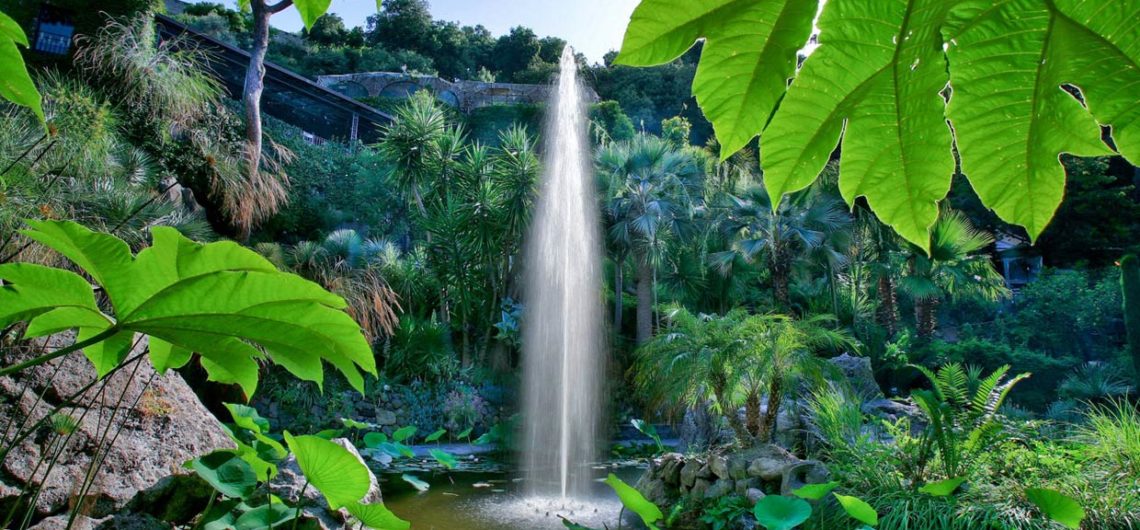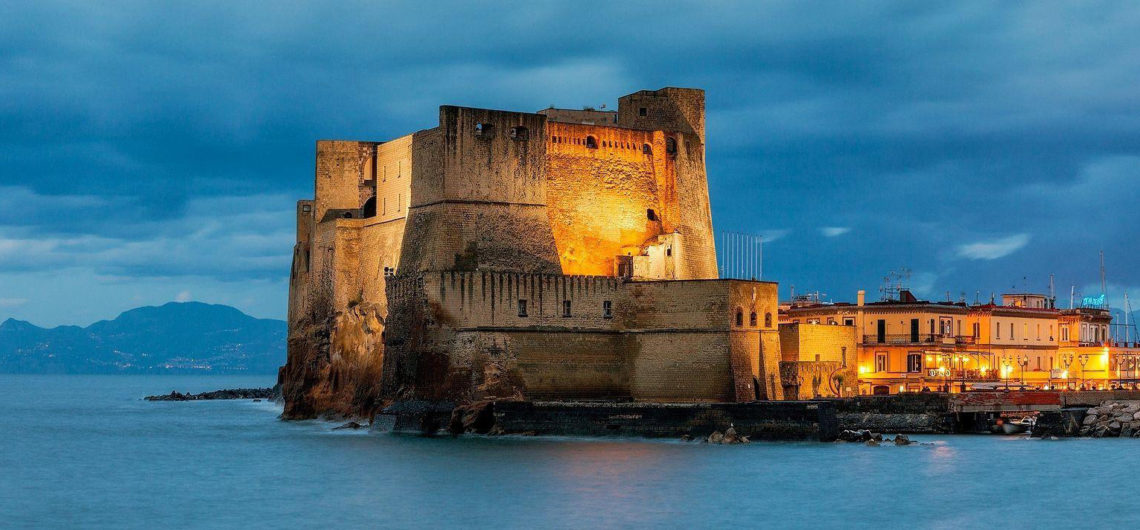Sorrento an Italian gem perched atop cliffs with its magnificent marinas from its vibrant center full of art, history, and culture. Sorrento has been an active tourism hub since the 18th century when European wealthy families made their way through Italy to visit Naples, Pompeii and the surrounding coastline during The Grand Tour. These travelers sought to learn about the country’s cultural contributions through its deep-rooted traditions, many of which still persist to this day. While you’re in Sorrento, discover the arts, crafts and agricultural traditions that have helped shape the town’s history and identity.
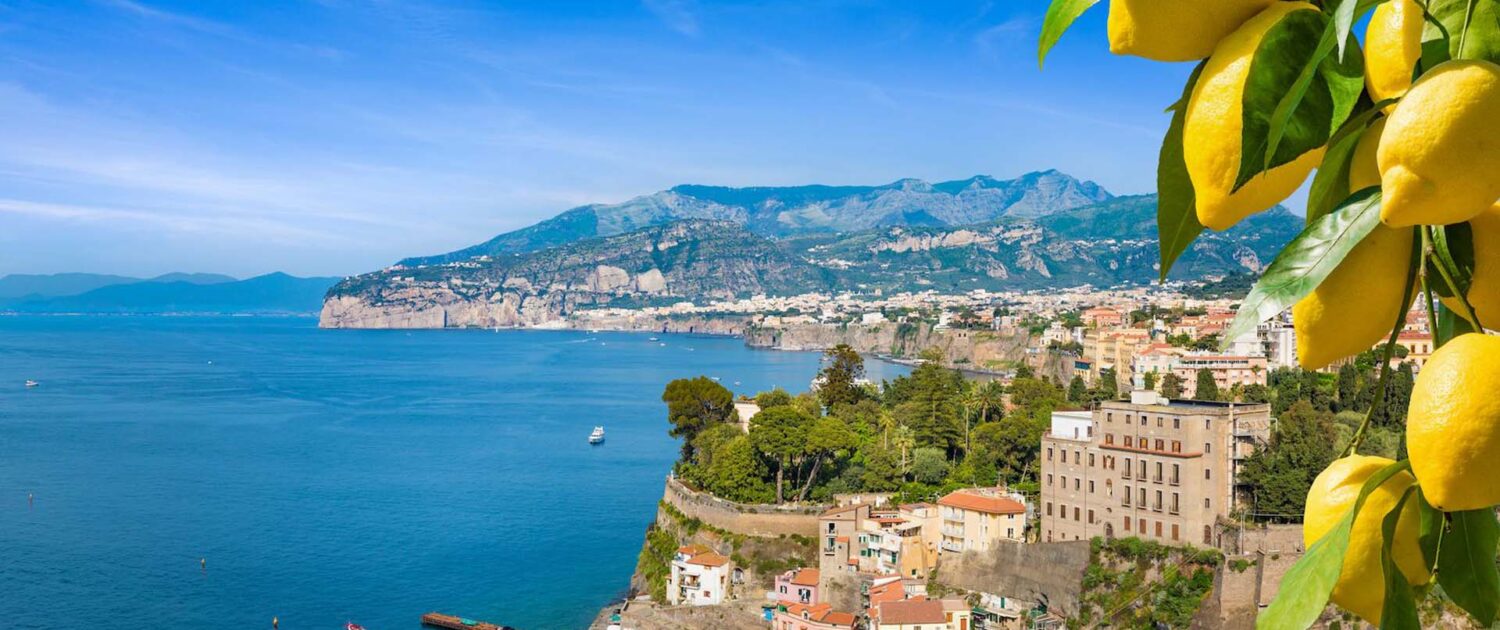
Sorrento is blessed to be surrounded by hidden coves and scenic hiking trails so be sure to spend some time outdoors soaking up the natural beauty of the region with a local guide. Near Sorrento, you can explore the famous Bagni di Regina Giovanna, a secluded beach set amongst ruins of an ancient Roman villa, or venture out towards Punta Campanella, located at the tip of the peninsula with impressive views of the island of Capri. And if you’d prefer to explore the Sorrento Peninsula and Amalfi Coast on four-wheels, local guides know the region inside-out and can design an unforgettable itinerary to help you make the most of your time in the region through and they know everyone – from the best hoteliers and restaurant owners and boat captains – and will ensure you reach each destination of your trip in style thanks to his fleet of luxury vehicles.
Begin your cultural explorations in the center of town at the Museo Bottega della Tarsia Lignea where you can learn about the art of marquetry. This Sorrentine tradition of creating ornate patterns and landscapes through inlaid woodwork dates back to the 14th century and reached its height in the 19th century. The museum’s collection demonstrates the breadth and style of wood craftsmanship through period furniture, household items and historic machinery. If you want to bring home a work of wooden art, pay a visit to Calemma, a bottega that dates back to 1910. You can see a live demonstration and purchase a scene of the Bay of Naples to hang in your home.
Nearby, the Museo Correale is considered one of Italy’s most beautiful small museums and also well worth a visit. Set within a grand, 18th century residence, it houses landscape paintings from the School of Posillipo in Naples, fine European porcelains and ancient Roman relics. For contemporary works of art and cultural shows, check out the upcoming events at the Villa Fiorentino, the seat of the Sorrento Foundation. The villa, which was built to resemble the White House, is affectionately known as “Villa Fazzoletti” because the Fiorentino family built their wealth through an embroidered handkerchief (fazzoletti) business in the 1930s.
Located right off of Corso Italia, for more practical gifts, a hand-made pair of sandals made at Sandali Corcione is a perfect memento for yourself (or a friend) – this workshop has been making Capri-style sandals by hand since 1925. And a short drive from town, you can pick up the coast’s famous artisanal pottery at Ceramiche Artistica Sorrentina di Francesco Puglia.
Another popular gift you can pick up is limoncello.This lemon liquor is produced with Sorrento’s famous lemons which are prized for their naturally oily-rind and aromatic flavor. These citrus fruits are prolific around the coast and used in dishes like Tagliolini al Limone pasta and Delizia al Limone dessert. You can visit a lemon grove in the heart of Sorrento at i Giardini di Cataldo, a family-owned business that produces organic lemon marmalade, sorbetto, candies and limoncello. If you’re exploring the region by car be sure to stop by the Azienda Agricola La Masseria in Schiazzano, one of the first lemon orchards on the coast dating back to 1898. Now in its fourth generation, the property offers guided tours to explore its vast terrain, which includes olive and citrus trees, beehives, farm animals and a historic wine cellar.
Whether you’re interested in a private tour, shore excursions or transfers, or rent a villa, then Amore Rentals company is a priceless resource for all your needs
Amore Rentals boasts 12 years of experience in the world of holiday rentals in Italy, offering quality facilities and a personalized service that also includes all the extras (excursions, chef in the villa etc.) in addition to the rental of the house. The owner, Antonio Amore has more than 20 years of experience in the field. Initially passionate about engineering, he gave up studying in this field to devote himself to a greater passion, that of travel. In addition to visiting the world, he has therefore decided to start making Italy known to people willing to get to know it. Thus was born the business of renting holiday homes with only 4 structures and two people. Today, Amore Rentals boasts a portfolio of around 200 homes and a team of around 20 people … for more info – visit www.amorerentals.com


